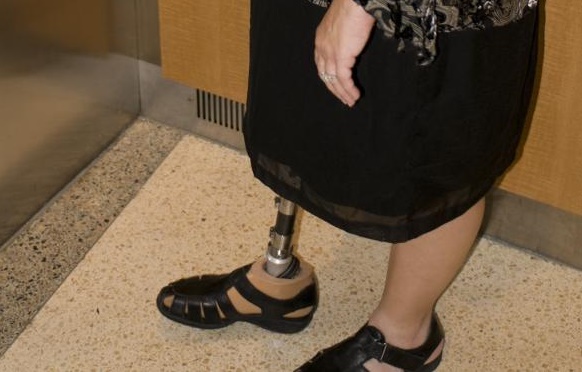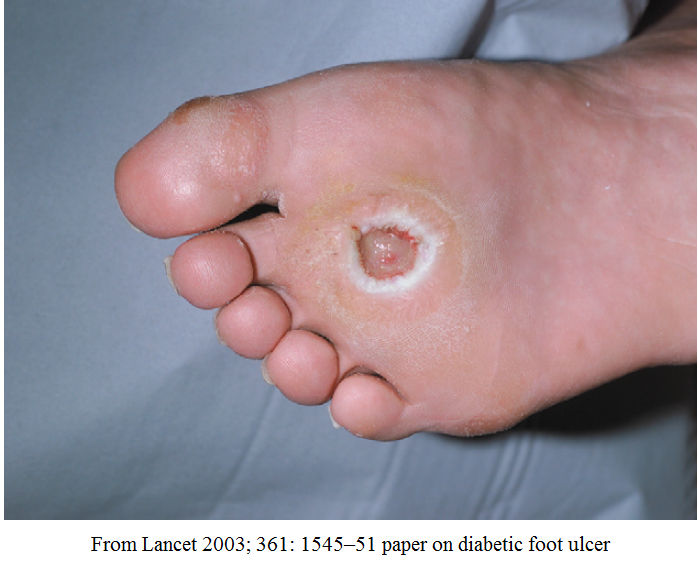
Diabetes and amputations
The one thing that is rarely discussed when it comes to diabetes is the number of amputations that occur each year as a result of the disease. There are no reliable data to show us how many Kenyans are losing their legs each day from amputations due to diabetes.
Where data is available, it is disturbing. In the UK for example, there are 135 diabetic amputations, each week – that results in just over 7,000 people facing amputations in just this one country, every year.
Diabetes is a disease that we have a certain amount of control over. There is little that can be done to prevent type 1 diabetes that occurs mainly in children
Pediatric diabetes, DN2 article, Tabitha Mwangi
But childhood diabetes is rare, over 90% of global diabetes is type 2, the adult type of which 80% can be controlled through maintaining a healthy body weight, eating right and exercising. However, there are a group of people who despite healthy weight and exercise do develop diabetes type 2, perhaps just inheritance among other reasons. All said, diabetes like high blood pressure and HIV infection, are chronic diseases that people can live a relatively well with if care is taken to follow health guidelines.
For diabetes, maintaining healthy sugar levels is crucial to a healthy life. One of the leass talked about side effects of poor regulation of blood sugars is neuropathy which affects about 50% of all people with diabetes.
Neuropathy is damage to nerves which in diabetics occurs when nerves are exposed to prolonged periods of high sugar levels. Nerves that are damaged may feel numb or tingle or painful. Damaged nerves cannot detect touch or temperature. The feet are extremely vulnerable and loss of feeling can result in cuts, blisters, bruising or dry skin.
The most common cause of damage to feet is accidental damage from wearing shoes that do not fit properly. Unfortunately for diabetic patients, small wounds can take long to heal, a small wound can result in an ulcer
…and that ulcer can get worse, rotting and spreading and leading to the loss of toes, feet or legs.
Those my age from Kenya can remember the feeling of wearing those shoes our parents took pride in buying for us to go to school in. Hardy leather Bata® shoes that lasted until our feet outgrew them. We had to ‘break into’ them and our toes suffered calluses and the heels would sometimes bleed from wearing these brand new shoes. All that damage to our toes and skin healed and we forgot. For a person with diabetes, those bruises we got from the shoes, would be the first step on the road to amputation.
It is crucial to wear shoes that fit well. Even then, people living with diabetes must examine their feet daily in order to spot any damage early. Feet need to be checked for signs of redness, pain or damage to the feet, swelling or build-up of hard skin. Look out for any changes in the shape of the foot.
It’s extremely important to wear shoes that fit well and to never walk barefoot.
In the meantime, researchers in Africa need to compile whatever evidence is available from records so that our populations have an idea of the seriousness of the situation. People need to know how many people are having limbs amputated as a result of uncontrolled diabetes and what the greatest local risks are. This knowledge can then be used at the local level to come up with mechanisms that have community support to reduce amputations.
The Kenya Diabetes Management Information Centre (http://dmi.or.ke/index.php) have helped to promote foot care through health education in local health facilities throughout the country.
Diabetic foot care program in kenya
However, more data-driven interventions need to be put in place to raise awareness on diabetic foot care in Kenya






